Indigenous Connections along the Niagara Parkway
Indigenous Connections along the Parkway
History of First Nations in Ontario
The story of the First Nations is an important piece of Ontario’s history. The entire Indigenous population, historically referred to as Indians, Natives, Aboriginals or Amerindians are formally called the Onkwehon:we (Ongway-hoe-way), which translates to “the First People.” In Ontario, there are two major language groups of Onkwehon:we, or First Nations. The Haudenosaunee (Hoe-denoe-show-nay), or “People of the Longhouse,” are also known as the Six Nations in English, and as Iroquois in French. The other language group is Algonquian and includes First Nations like the Cree of Quebec, the Odawa of Michigan and the Shawnee of Ohio. In Ontario, the Algonquian speaking people are called Anishinaabe (Ah-nish nah-bay), or “the Original People.” The Mississaugas and the Ojibwe/Chippawa are Anishinaabe.
The Six Nations of the Grand River, near Brantford, Ontario, is the largest Haudenosaunee settlement. On the American side of the Niagara River, the Haudenosaunee people of the Tuscarora and the Seneca nations still live on ancestral land. Oral tradition and archaeological evidence indicate that the First Nations have lived along the Niagara River for 13,000 years.
War of 1812
Loyalists and Haudenosaunee (Six Nations) came to Ontario in significant numbers during the 1780s, following the American Revolutionary War. During the War of 1812, First Nation allies helped the heavily outnumbered defenders of Upper Canada stand against the overwhelming American forces. Their efforts helped secure victory at pivotal events throughout the War of 1812 and secured freedom for all Canadians. In turn, the Haudenosaunee were offered a safe haven in Ontario when they were displaced from their ancestral homelands.
The land around us
The Crown land on which Niagara Parks sits was established by treaties dating back to the 1700s. Our mandate to make Niagara Parks free and accessible to the public can find its origins in the original intent of those treaties. We’re grateful for the opportunity to live, work and enjoy this land around us, and are committed to making the promise of Truth and Reconciliation real in our community.
Use our map to explore the land around Niagara Parks and discover Indigenous connections along the Niagara Parkway, from Fort Erie north to the shores of Lake Ontario in Niagara-on-the-Lake.
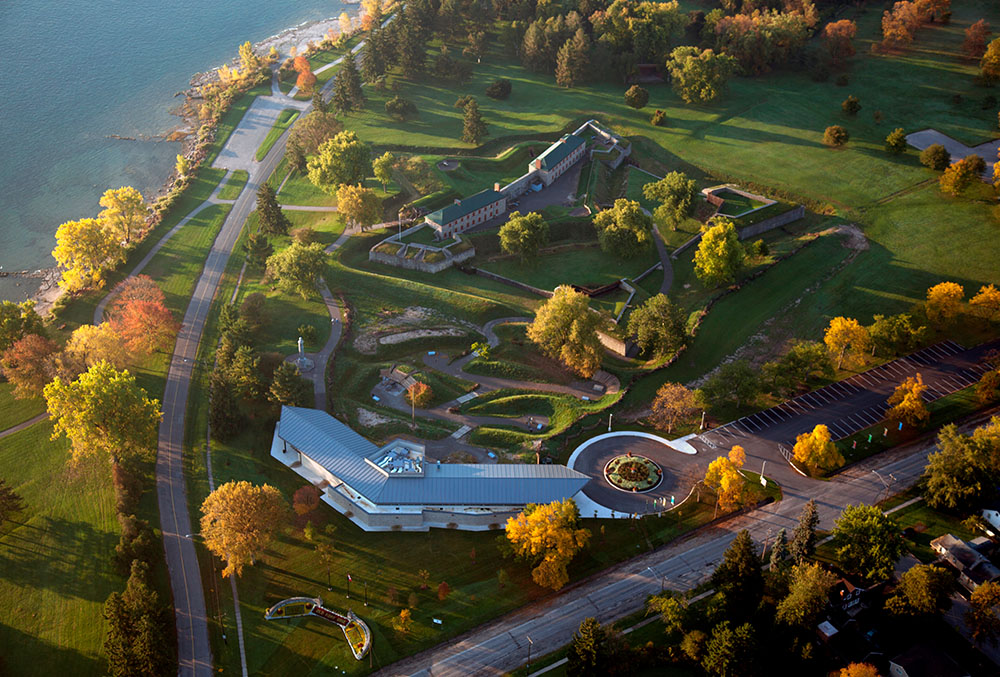
Norton’s Grove & Old Fort Erie
Norton’s Grove marks the location where a small band of Indigenous allies supported British forces during the War of 1812. The group was led by Major John Norton, the adopted Haudenosaunee leader, during Drummond’s Night Assault on August 15, 1814.
At Old Fort Erie, see traditional Haudenosaunee craftmanship on display, including an original knife sheath worn by Jacob Servos during the American Revolution (1775-1783).
Location: Norton’s Grove is located on the north side of Dominion Road, across the street from Old Fort Erie (350 Lakeshore Road, Fort Erie, Ontario)
Mewinzha Archaeology Gallery
At the Mewinzha Archaeology Gallery, see a display of 11,000-year-old artifacts and contemporary artwork that tell rich stories of Indigenous history, arts and culture. The artifacts were recovered during construction of the building and adjacent areas; the gallery honours the First Peoples who lived, traded and created a flint-knapping industry on the site.
Location: The Mewinzha Archaeology Gallery is located inside the Peace Bridge administration building (100 Queen Street, Fort Erie, Ontario)

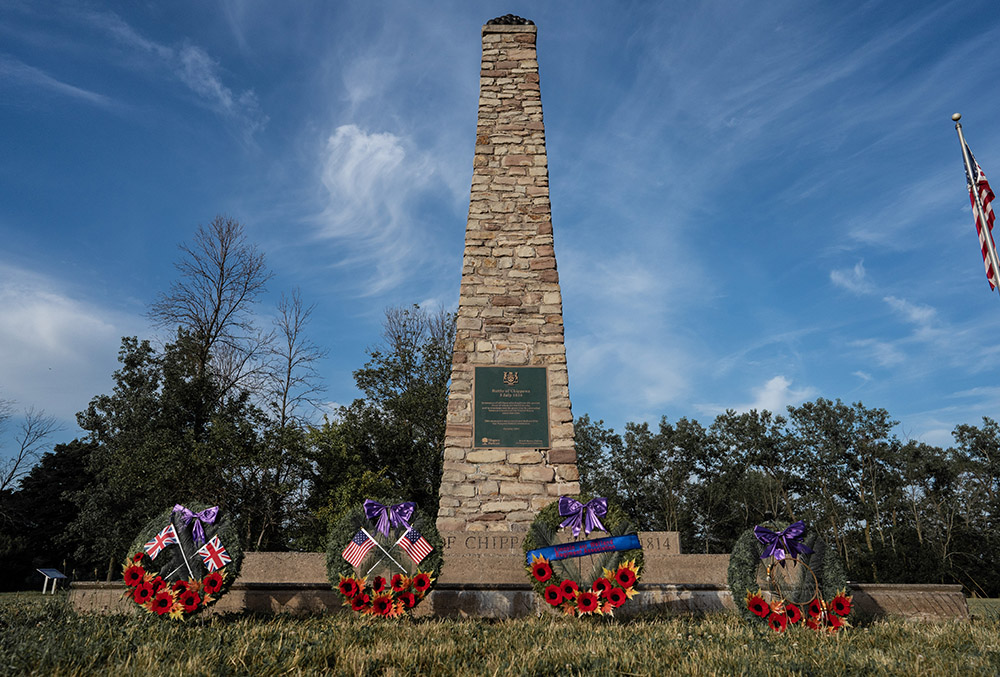
Battle of Chippawa
In the final year of the War of 1812, the American army crossed the Niagara River to begin what became known as the Niagara Campaign. Two days after they captured Fort Erie, on July 3, 1814, American forces clashed with the British at Chippawa. Unlike earlier battles in the war, Indigenous allies fought alongside American troops during this battle. Unfortunately, they quickly realized that they were fighting against their Indigenous brethren across the battlefield.
Following the Battle of Chippawa, many Indigenous allies on both sides opted to disengage from the ongoing War of 1812. Only a small number of Indigenous warriors continued to fight until the Treaty of Ghent was signed on December 24, 1814.
Location: Look for the Memorial Cairn in Chippawa Battlefield Park on the Niagara Parkway, south of Chippawa
Battle of Queenston Heights & Landscape of Nations
The Battle of Queenston Heights was the first major battle of the War of 1812. It marked an essential moment in the emergence of a fledgling country whose borders and character were being tested and defined. It was during this battle that Indigenous allies pinned down an overwhelming force of the American army, allowing the British and Canadians to counterattack and regain the Heights.
The Landscape of Nations Memorial is dedicated to the Haudenosaunee (Six Nations) Confederacy and Indigenous allies that participated in the War of 1812. Limestones from the Queenston Quarry represent each nation of the Haudenosaunee Confederacy in a sunburst pattern. Abenakis, Delaware and nations from the north are also honoured in the memorial. The Landscape of Nations Memorial affirms the proper place of First Nations peoples at the core of Canadian history and signals their ongoing role in contemporary life and national affairs.
Location: 14184 Niagara Pkwy, Niagara-on-the-Lake, Ontario
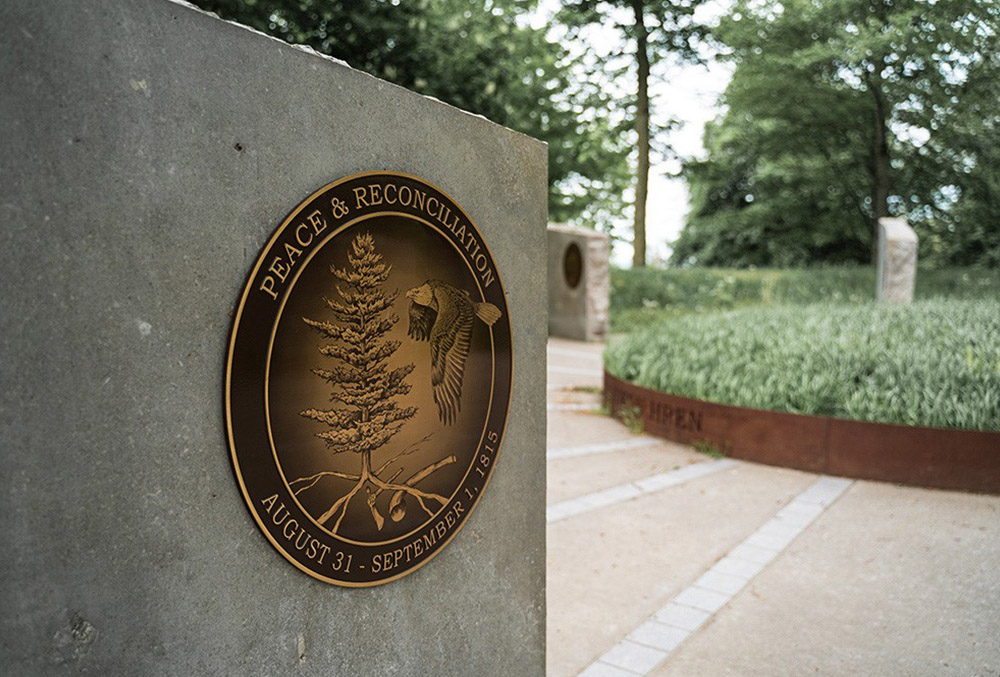

Six Nations Warriors Plaque
Unveiled in 1980, this plaque honours the Haudenosaunee (Six Nations) Confederacy for its involvement at the Battle of Queenston Heights on October 13, 1812. The plaque compliments the Landscape of Nations Memorial and tells the story of John Brant and John Norton, two key figures during the battle.
Location: Queenston Village, west of Brock’s Cenotaph, at the base of the Heights on Queenston Street (look for the plaque on a granite boulder)
Native Friendship Centres
Niagara’s two Native Friendship Centres offer cultural and support services to Indigenous people in an urban setting. Both centres also host community events aimed at creating awareness about Indigenous culture and history to establish relationships of mutual understanding.
Both Native Friendship Centres are part of the Ontario Federation of Indigenous Friendship Centres, a network of 28 urban Indigenous service organizations offering programs in education, employment, culture, health, social enterprise and well-being since 1972.
Location: Two locations. The Fort Erie Native Friendship Centre (796 Buffalo Road, Fort Erie, Ontario) and the Niagara Regional Native Centre (382 Airport Road, Niagara-on-the-Lake, Ontario)
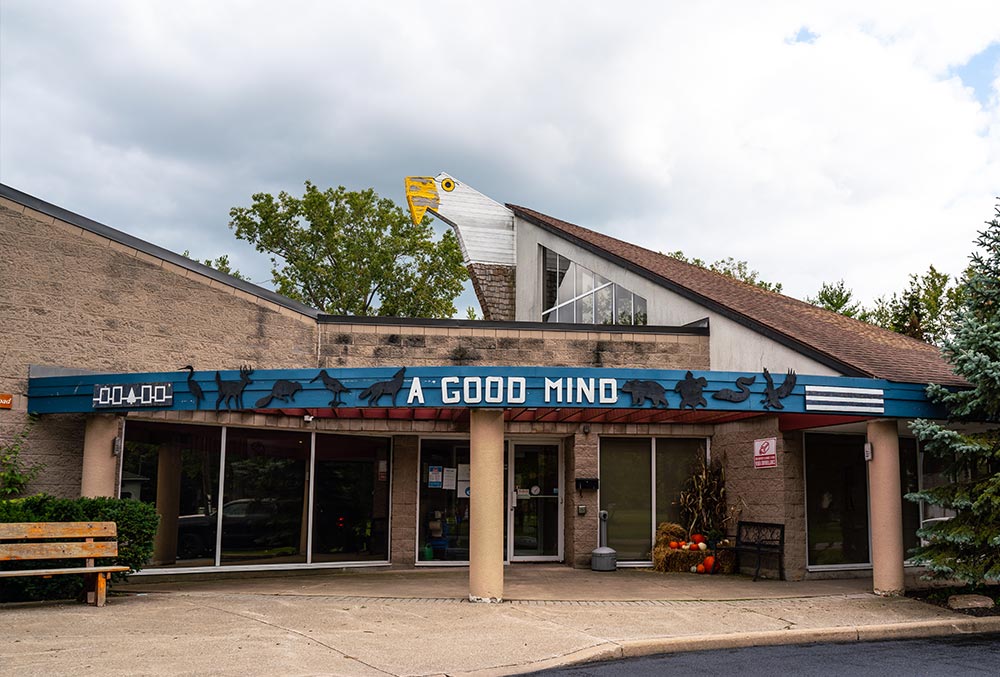

Indian Council House
Built in 1796, the Indian Council House was where the Haudenosaunee (Six Nations) Confederacy and their allies gathered for councils, treaty negotiations and to receive their annuities from the British Crown. Hundreds from various Indigenous nations, including Indigenous allies living in the United States, participated in important meetings at the site that defined the future of generations.
The Indian Council House was destroyed during the War of 1812 and rebuilt in 1815. The building no longer exists but there is a series of commemorative markers at the site on The Commons. This public location is owned and operated by Parks Canada.
Location: The Indian Council House was located at Butler’s Barracks National Historic Site (440 King Street, Niagara-on-the-Lake, Ontario)
Pollinator Gardens
Niagara Parks’ pollinator garden route features 12 pollinator gardens that range from formal manicured gardens to natural habitats, all providing support for a wide range of native pollinating species along the Niagara Parkway. To celebrate Ontario150, the province’s 150th anniversary of Confederation in 2017, Niagara Parks worked with local Haudenosaunee artists to develop a collection of animal legends and artwork that feature some of Ontario’s native species. The collection was inspired by the Haudenosaunee Confederacy (Iroquois), the Wabanaki Confederacy (Algonquin) and Anishnaabe (Algonquin), all of whom inhabited the region throughout history, and their spiritual connection with the animal kingdom. Visit the pollinator gardens to enjoy these Indigenous oral teachings!
Location: 12 locations along the Niagara Parkway (more info)
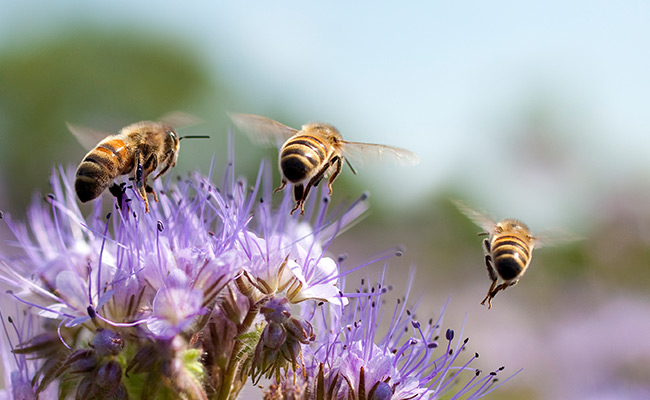

 Close and
Close and